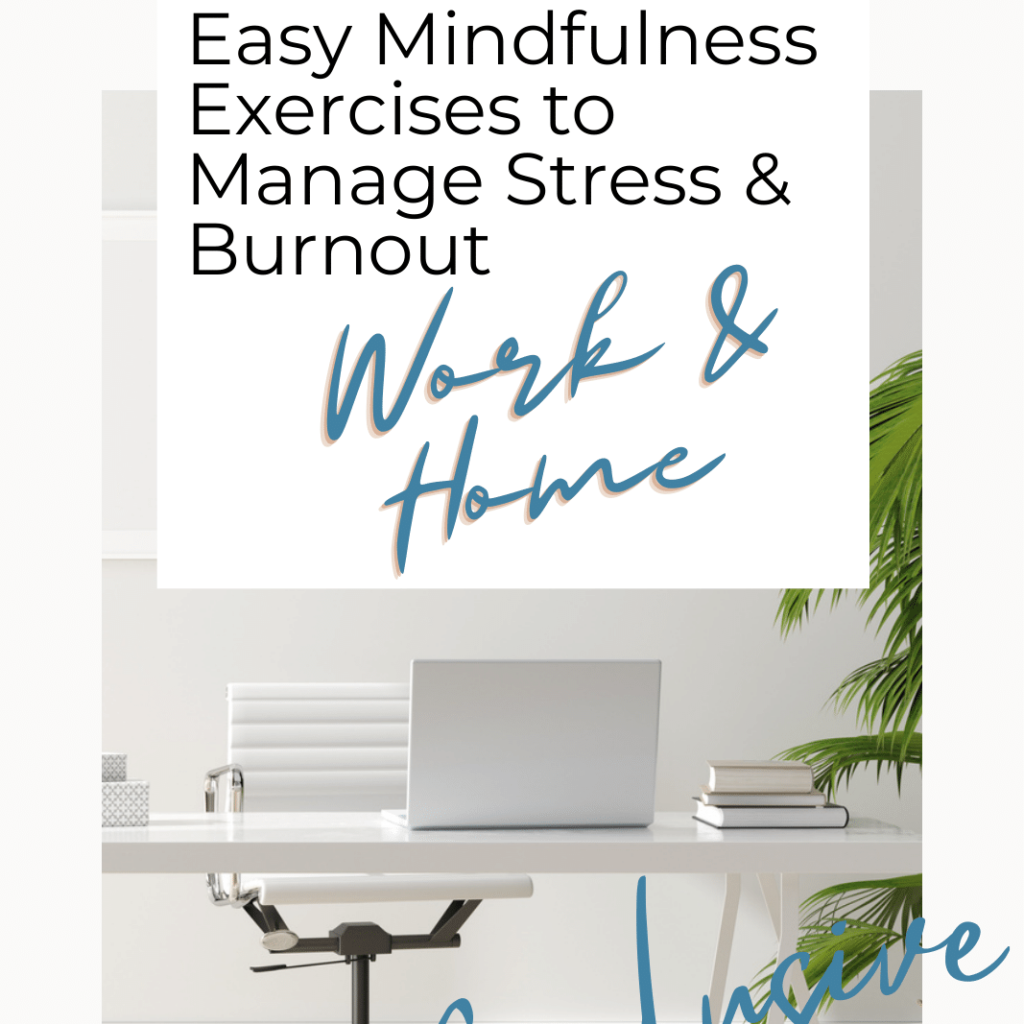In today’s hyper-connected world, it’s easy to feel overwhelmed by the constant barrage of notifications, emails, and social media updates. Many of us start and end our days with screens, leaving little time to recharge and connect with the real world. While incorporating a digital detox might sound like a trendy buzzword, it’s actually a powerful practice for improving mental well-being and productivity. However, there are common misconceptions about digital detoxing that might lead you astray.
Personal Reflection: Embracing Digital Detox as Self-Care
As a wellness advocate, I’ve always emphasized the importance of self-care. But like many, I found myself caught in the web of constant notifications and mindless scrolling. It started subtly—checking emails first thing in the morning, scrolling through social media during lunch, and winding down with more scrolling or reading news articles before bed. Before long, I noticed the toll it took on my mental clarity and productivity. Important tasks were procrastinated, and I felt perpetually overwhelmed.
I’m not sure if y’all are ready for this side, but here’s my Straight Talk, No Chaser Founder’s Note:
So, let me go ahead and put this out on front street. Digital boundaries continue to be and will probably always be something I need to *actively* work on. It’s hard.
Our life is literally on our phones…
- emails… personal & work—how we still receive and provide information
- bank apps… who’s trying to actually go into a banking center, if they don’t need to??
- health & wellness apps… for non-life-threatening ailments, we’re trying to stay out of the doctor’s office
- gaming apps… help improve concentration, creativity, and cognitive ability—oh yeah, and just plain fun
- shopping apps… why wait in line with you can just click “Buy Now”
- streaming apps… how else can you catch up on shows when you’re in the office?
- travel apps… the convenience of not having to keep track of your plane ticket or the discounts on upgrading your seat when you use their app
Businesses make it easy and enticing for us to *always* stay connected and add to the false fear of missing out.
Now let me also say, that life is also off our phones too—and just as, if not more, important—when making connections with others and growing personally and professionally. The co-dependency is STRONG with this one.
Now back to the scheduled program…
This realization hit me hard one evening when I spent hours on my phone, only to feel drained and unfulfilled. That’s when I decided to incorporate digital detoxing into my self-care routine. It wasn’t about completely abandoning my phone but finding a healthy balance. Setting tech-free hours, engaging in offline hobbies, and using “Do Not Disturb” mode became part of my weekly regimen. This practice has been transformative, allowing me to reconnect with myself, my loved ones, and the world around me.
Prism Pulse Check
To help you understand how this topic relates to your own life, take a moment to reflect on these questions:
- How often do you feel anxious or overwhelmed by notifications and messages?
- Do you find yourself mindlessly scrolling through social media instead of completing important tasks?
- Are you experiencing physical symptoms such as eye strain, headaches, or disrupted sleep patterns?
- Do you feel disconnected from the people around you despite being constantly connected online?
- How often do you consume negative or stressful content that impacts your mood and outlook?
Common Misconceptions About Digital Detoxing
Total Digital Shutdown: You don’t have to completely disconnect from all devices to benefit from a digital detox. The goal is to manage your screen time effectively, not eliminate it entirely.
One-Size-Fits-All Approach: A successful digital detox looks different for everyone. It’s about finding a balance that works for your lifestyle and commitments.
Temporary Fix: Digital detoxing isn’t just a one-time event. It’s a habit that needs to be cultivated and maintained over time.
10 Ways to Implement a Digital Detox
So you’ve done a check-in with yourself and realized that digital detoxing is something you want to try, but may not know how to incorporate it in your daily routine. Review our list and choose 1 or 2 recommendations to try this week. While it may be enticing to do ‘all the things’ at once, creating healthy boundaries can prevent overwhelm, reduce stress, and improve your mental clarity and productivity.
- Schedule Tech-Free Hours: Designate specific times of the day to disconnect from all screens. This could be during meals, the first hour after waking up, or the last hour before bed. Use this time to engage in activities that don’t require technology, such as reading a book, going for a walk, or having a face-to-face conversation.
- Use “Do Not Disturb” Mode: Leverage the “Do Not Disturb” feature on your devices to minimize interruptions. Set it up to activate automatically during your tech-free hours or when you need to focus on important tasks.
- Engage in Offline Hobbies: Rediscover hobbies that don’t involve screens. Gardening, writing, painting, cooking, or even exercising can provide a refreshing break from the digital world and help you reconnect with yourself.
- Set Boundaries for Screen Time: Use apps and features that track and limit your screen time. Set daily limits for social media use and take regular breaks to prevent digital fatigue.
- Create Tech-Free Zones: Establish areas in your home where screens are off-limits, like the dining room or bedroom. This helps create a sanctuary for relaxation and meaningful interactions.
- Digital “Day of Rest”: Take one day each week to completely disconnect from all digital devices. Use this time to engage in activities that nourish your soul, like spending time in nature, reading, or practicing mindfulness.
- Gradual Reduction: If the idea of a complete detox seems daunting, start by gradually reducing your screen time. Begin with 30 minutes a day and slowly increase the duration as you become more comfortable with being offline.
- Detox Retreats: Consider attending a digital detox retreat. These retreats provide structured environments where you can disconnect from technology and engage in wellness activities such as yoga, meditation, and nature walks.
- Mindful Consumption: Be intentional about your digital consumption. Unfollow accounts that don’t bring you joy, limit the number of apps on your phone, and prioritize content that adds value to your life.
- Accountability Partner: Partner with a friend or family member who also wants to reduce their screen time. Hold each other accountable and share your progress, tips, and challenges.
Which digital detox strategy will you try?
Want additional resources to inform your next steps?
- Digital Detox: What to Know – WebMD
- Stress in America: Coping with Change, Part 2 – American Psychological Association
- Is Digital Overload Increasing Your Anxiety? – Psychology Today


